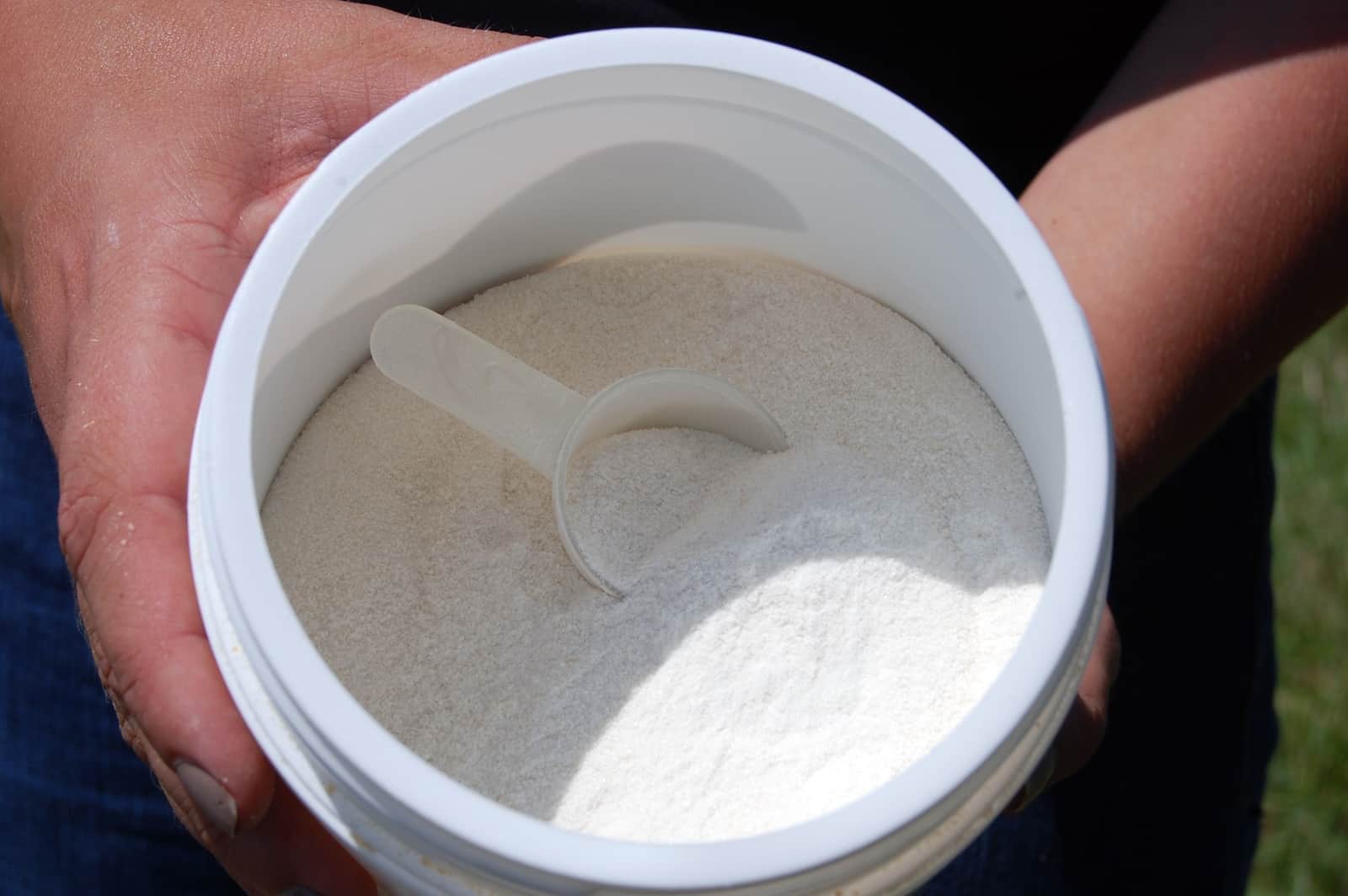How to Effectively Supplement Horses With Vitamin E

Carrie Finno, DVM, PhD, Dipl. ACVIM, assistant professor at the University of California, Davis, School of Veterinary Medicine, has studied vitamin E and its effects on equine neuromuscular conditions extensively. She shared her recommendations for effective vitamin E supplementation at the 2018 American Association of Equine Practitioners Convention, held Dec. 1-5 in San Francisco, California.
Why Is Vitamin E Important?
Vitamin E is a collective term used to describe a group of eight compounds known as tocopherols, the most bioavailable of which is alpha-tocopherol (α-TOH)—in particular, RRR stereoisomer (RRR-α-TOH). Once absorbed, this form is the most bioactive in animal tissue because the liver takes it up preferentially.
Vitamin E is a fat-soluble vitamin that plays a critical role in neuromuscular health. The National Research Council recommends horses consume 1-2 IU of vitamin E per kilogram of body weight per day, which equals 1,000-2,000 IU per day for a 500-kilogram (1,100-pound) horse. Veterinarians typically use serum levels of α-TOH to assess a horse’s whole-body vitamin E status, with values of >2 µg/mL considered to be normal. Individual metabolism of vitamin E between horses varies greatly, Finno stressed
Create a free account with TheHorse.com to view this content.
TheHorse.com is home to thousands of free articles about horse health care. In order to access some of our exclusive free content, you must be signed into TheHorse.com.
Start your free account today!
Already have an account?
and continue reading.

Written by:
Clair Thunes, PhD
Related Articles
Stay on top of the most recent Horse Health news with



















